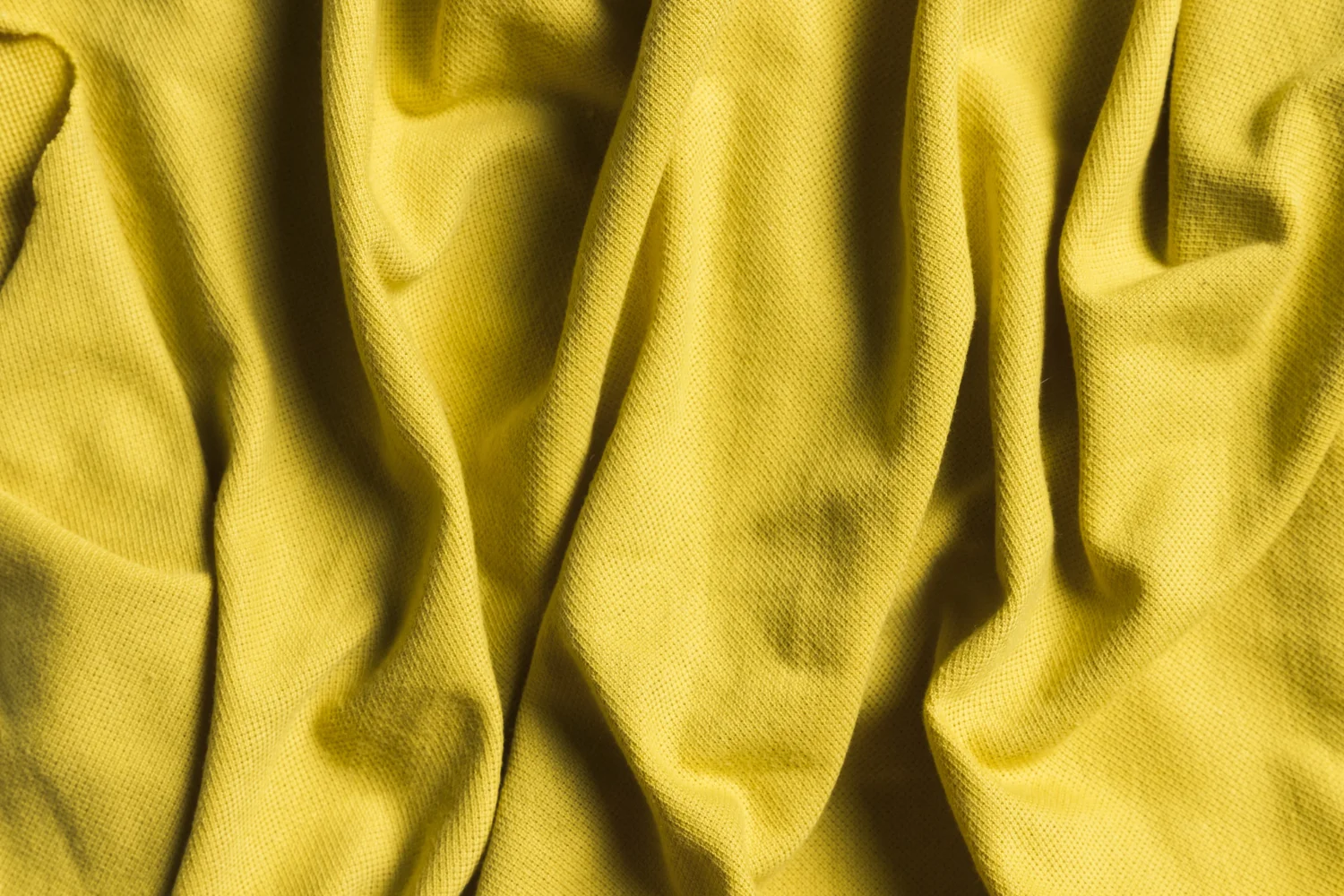A Nostalgic Beginning
On a warm, sunlit afternoon, I stumbled upon a small antique shop tucked away in a quiet lane. Among dusty shelves and forgotten trinkets, a bolt of yellow fabric caught my eye. It wasn’t just any yellow it was the soft, muted shade of bygone eras. The shopkeeper smiled knowingly, “Ah, you’ve found the old-fashioned yellow cloth. It carries stories from generations past.” As I gently ran my fingers over its textured surface, memories of vintage dresses, cozy homespun curtains, and traditional garments came flooding back. This moment marked the start of my fascination with the old-fashioned yellow cloth a fabric that is much more than its color or texture; it is a thread connecting the past to the present.
The History of Yellow Cloth
Origins of the Color
Yellow, historically associated with warmth, sunlight, and happiness, has long been a popular choice in textiles. Ancient civilizations used natural dyes derived from turmeric, saffron, and other plant sources to create soft yellow fabrics. The old-fashioned yellow cloth was particularly favored for ceremonial garments and festive attire, symbolizing prosperity and celebration.
Evolution Over Time
Over centuries, the old-fashioned yellow cloth evolved in style, texture, and usage. In the 18th and 19th centuries, it became a staple in both rural and urban households. Artisans meticulously hand-dyed cotton and silk fabrics, ensuring that each piece retained a unique charm. Even as modern synthetic dyes and fast-fashion textiles emerged, the allure of the old-fashioned yellow cloth remained strong, celebrated for its authenticity and historical value.
Characteristics of Old-Fashioned Yellow Cloth
Texture and Material
One of the distinguishing features of old-fashioned yellow cloth is its texture. Typically made from cotton, linen, or silk, this fabric has a soft, slightly worn-in feel that synthetic fabrics rarely replicate. Its subtle imperfections give it character, making each piece distinctive and appealing to vintage enthusiasts.
Unique Color Palette
Unlike the bright, neon shades often found in contemporary fabrics, old-fashioned yellow cloth showcases muted, earthy tones. This understated color allows it to blend seamlessly with various fashion styles and interior decor, from rustic kitchens to elegant traditional outfits.
Uses in Fashion and Home Decor
Traditional Clothing
The old-fashioned yellow cloth has always been cherished in clothing, especially for culturally significant attire. From elegant sarees to embroidered dresses and ceremonial robes, this fabric adds a touch of nostalgia and sophistication. Designers today are revisiting these classic fabrics, creating modern outfits that honor their historical roots.
Home Decor Applications
Beyond fashion, the old-fashioned yellow cloth has found its place in home decor. Curtains, tablecloths, cushions, and upholstery made from this fabric can instantly warm up a room. Its soft hue complements both antique furniture and contemporary interiors, bridging the gap between old and new aesthetics.
Caring for Old-Fashioned Yellow Cloth
Cleaning Tips
Proper care is essential to preserve the beauty of old-fashioned yellow cloth. Hand-washing with mild detergents or gentle machine cycles prevents color fading and fabric damage. Avoid harsh chemicals, bleach, or direct sunlight for extended periods to maintain its natural charm.
Storage Advice
When not in use, store the fabric in breathable cotton bags or wrapped in tissue paper. Keep it away from damp areas to avoid mold or mildew. With careful maintenance, this treasured fabric can last for decades, becoming a cherished heirloom.
Why It Still Matters Today
In a fast-paced world dominated by mass production and synthetic fabrics, old-fashioned yellow cloth offers a refreshing connection to heritage and craftsmanship. It reminds us of simpler times when every stitch and dye had meaning. Whether used in fashion or decor, this fabric carries stories of tradition, culture, and artistry that modern textiles often lack.
Conclusion
The old-fashioned yellow cloth is more than just a piece of fabric it is a living testament to history, culture, and timeless elegance. From its humble beginnings in ancient dyeing traditions to its continued relevance in contemporary fashion and decor, it has managed to retain its charm across generations. By embracing and preserving this classic fabric, we celebrate a piece of the past while adding warmth and authenticity to our present. Its muted glow serves as a gentle reminder that some things, like stories woven into threads, never truly fade.



